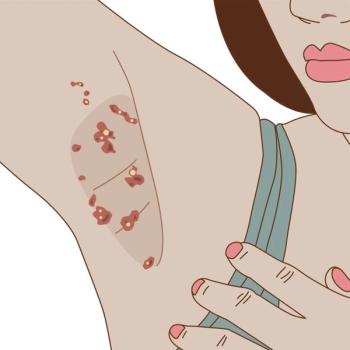
Salmon Patches
Mongolian spots are congenital, hyperpigmented, usually gray areas of varying size and shape. They result from the abnormal occurrence of melanocytes in the lower half of the dermis and are found most frequently in the sacrococcygeal and gluteal areas.
Mongolian spots are congenital, hyperpigmented, usually gray areas of varying size and shape. They result from the abnormal occurrence of melanocytes in the lower half of the dermis and are found most frequently in the sacrococcygeal and gluteal areas (A).
Mongolian spots usually regress and disappear during childhood. In the neonatal period, the spots are present in approximately 100% of Chinese, 90% to 100% of Mongolians, 65% of blacks, and 1% of whites.
Although Mongolian spots are benign, they can occasionally be confused with marks resulting from child abuse, especially if they occur in a less typical area (B and C). It is important to recognize this condition so that false accusations of child abuse are not made.
FOR MORE INFORMATION:
- Leung AKC. Mongolian spots in Chinese children. Int J Dermatol. 1988;27:106-108.
Newsletter
Enhance your clinical practice with the Patient Care newsletter, offering the latest evidence-based guidelines, diagnostic insights, and treatment strategies for primary care physicians.

















































































































































































































































































